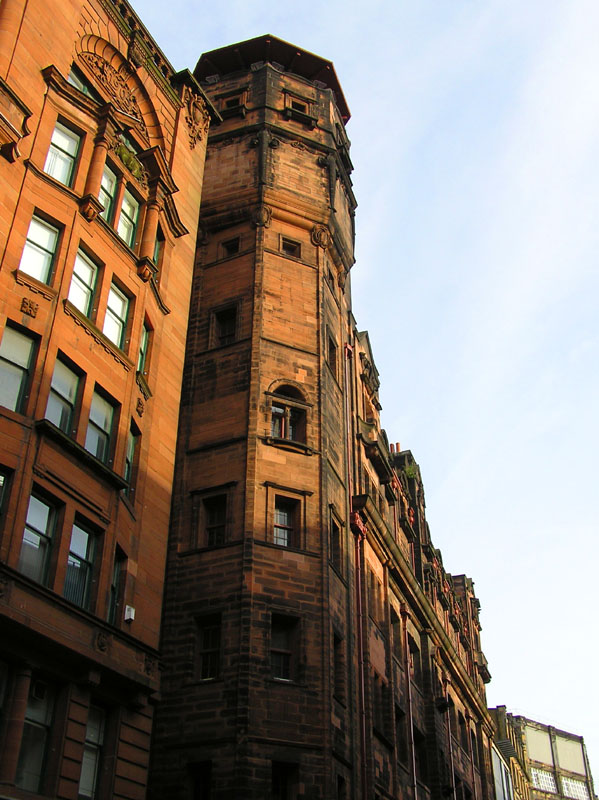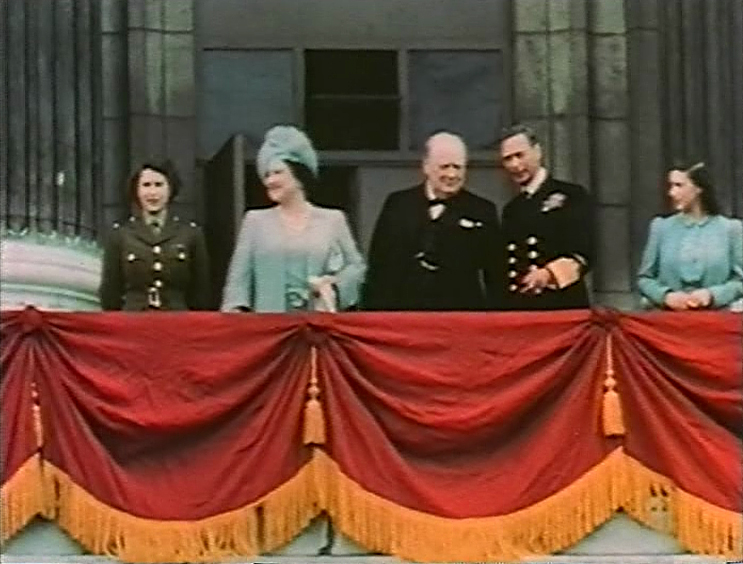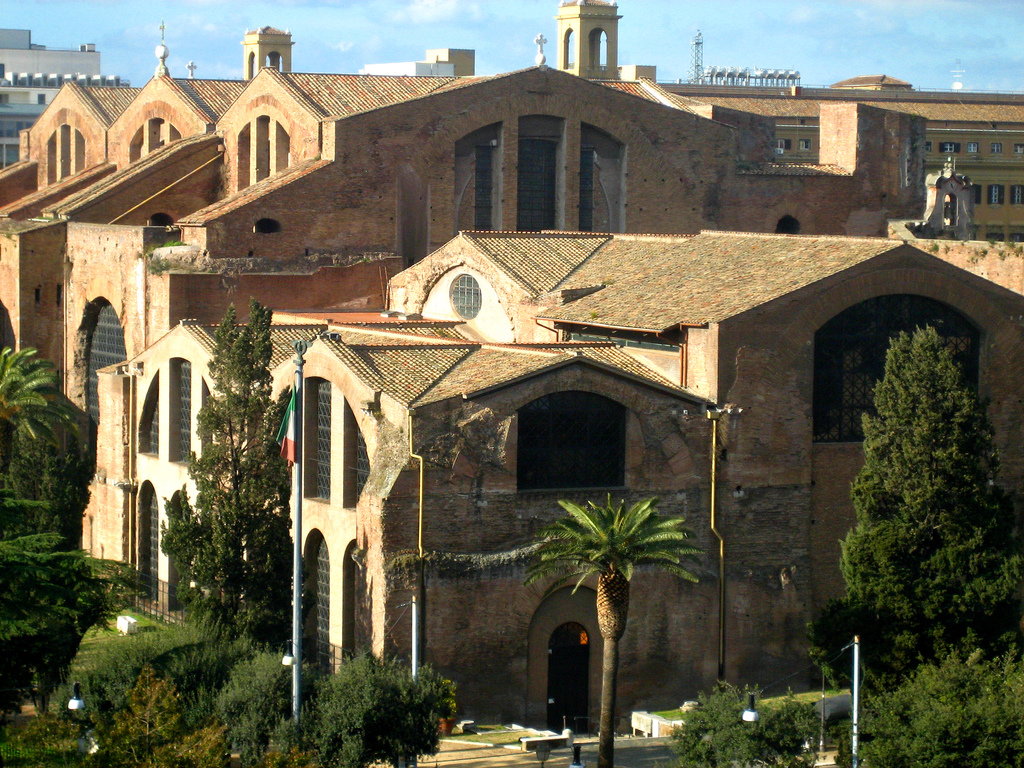|
Bo'ness Town Hall
Bo'ness Town Hall is a municipal building in Stewart Avenue, Bo'ness, Scotland. The structure, which was the meeting place of Bo'ness Burgh Council, is a Category B listed building. History The first town hall was a building with a clock tower in North Street which was completed in around 1780. It became structurally unstable as a result of mine workings, located just 15 meters below the surface, and partially collapsed in 1885. In the 1890s, in the context of continuing concerns about the structural integrity of the old town hall, the burgh commissioners decided to procure a new building. The site they selected for the proposed new building and surrounding park was occupied by a mansion known as The Manse which was the residence of the minister at Bo'ness Old Kirk. A design completion was held and a tender by George Washington Browne was accepted in October 1902. The Scottish-American industrialist and philanthropist, Andrew Carnegie, offered to pay for the cost of a public l ... [...More Info...] [...Related Items...] OR: [Wikipedia] [Google] [Baidu] |
Bo'ness
Borrowstounness (commonly known as Bo'ness ( )) is a town and former burgh and seaport on the south bank of the Firth of Forth in the Central Lowlands of Scotland. Historically part of the county of West Lothian, it is a place within the Falkirk council area, northwest of Edinburgh and east of Falkirk. At the 2011 United Kingdom census, the population of the Bo'ness locality was 15,100. Until the 20th century, Bo'ness was the site of various industrial activities, including coal mining, saltmaking and pottery production. With its location beside the Forth, the town and its harbour grew in importance in the industrial revolution and later continued to grow into the Victorian era. Since the late 20th century, deindustrialisation has changed the nature of the town, with the coal mine closing in 1982 and the waterfront area now being primarily used for leisure purposes. However, some industry remains in the town including an ironworks and a timberyard/sawmill beside the Forth ... [...More Info...] [...Related Items...] OR: [Wikipedia] [Google] [Baidu] |
The Herald (Glasgow)
''The Herald'' is a Scottish broadsheet newspaper founded in 1783. ''The Herald'' is the longest running national newspaper in the world and is the eighth oldest daily paper in the world. The title was simplified from ''The Glasgow Herald'' in 1992. Following the closure of the '' Sunday Herald'', the ''Herald on Sunday'' was launched as a Sunday edition on 9 September 2018. History Founding The newspaper was founded by an Edinburgh-born printer called John Mennons in January 1783 as a weekly publication called the ''Glasgow Advertiser''. Mennons' first edition had a global scoop: news of the treaties of Versailles reached Mennons via the Lord Provost of Glasgow just as he was putting the paper together. War had ended with the American colonies, he revealed. ''The Herald'', therefore, is as old as the United States of America, give or take an hour or two. The story was, however, only carried on the back page. Mennons, using the larger of two fonts available to him, put it i ... [...More Info...] [...Related Items...] OR: [Wikipedia] [Google] [Baidu] |
Government Buildings Completed In 1904
A government is the system or group of people governing an organized community, generally a state. In the case of its broad associative definition, government normally consists of legislature, executive, and judiciary. Government is a means by which organizational policies are enforced, as well as a mechanism for determining policy. In many countries, the government has a kind of constitution, a statement of its governing principles and philosophy. While all types of organizations have governance, the term ''government'' is often used more specifically to refer to the approximately 200 independent national governments and subsidiary organizations. The major types of political systems in the modern era are democracies, monarchies, and authoritarian and totalitarian regimes. Historically prevalent forms of government include monarchy, aristocracy, timocracy, oligarchy, democracy, theocracy, and tyranny. These forms are not always mutually exclusive, and mixed govern ... [...More Info...] [...Related Items...] OR: [Wikipedia] [Google] [Baidu] |
List Of Listed Buildings In Bo'ness And Carriden, Falkirk
This is a list of listed buildings in the parish of Bo'ness And Carriden in Falkirk, Scotland. List Key See also * List of listed buildings in Falkirk (council area) This is a list of listed buildings in the Falkirk council area, Scotland. The list is split out by parish. * List of listed buildings in Abercorn, Falkirk * List of listed buildings in Airth, Falkirk * List of listed buildings in Bo'Ness And Car ... Notes References * All entries, addresses and coordinates are based on data froHistoric Scotland This data falls under thOpen Government Licence {{Reflist Bo'ness And Carriden Bo'ness ... [...More Info...] [...Related Items...] OR: [Wikipedia] [Google] [Baidu] |
Falkirk (district)
Falkirk (; sco, Fawkirk; gd, An Eaglais Bhreac) is one of 32 unitary authority council areas of Scotland. It was formed on 1 April 1996 by way of the Local Government etc. (Scotland) Act 1994 from the exact boundaries of Falkirk District, one of three parts of the Central region created in 1975, which was abolished at that time. Prior to the 1975 reorganisation, the majority of the council area was part of the historic county of Stirlingshire, and a small part, namely Bo'ness and Blackness, was part of the former county of West Lothian. The council area borders with North Lanarkshire, Stirling and West Lothian, and, across the Firth of Forth to the northeast, Clackmannanshire and Fife. The largest town, and the location of the council headquarters, is Falkirk; other settlements, most of which surround Falkirk within of its centre, include Bo'ness, Bonnybridge, Denny, Grangemouth, Larbert, Polmont, Shieldhill, Camelon and Stenhousemuir. The council is led by the SNP whic ... [...More Info...] [...Related Items...] OR: [Wikipedia] [Google] [Baidu] |
Prince Philip, Duke Of Edinburgh
Prince Philip, Duke of Edinburgh (born Prince Philip of Greece and Denmark, later Philip Mountbatten; 10 June 1921 – 9 April 2021) was the husband of Queen Elizabeth II. As such, he served as the consort of the British monarch from Elizabeth's accession as queen on 6 February 1952 until Death and funeral of Prince Philip, Duke of Edinburgh, his death in 2021, making him the longest-serving royal consort in history. Philip was born in Kingdom of Greece, Greece, into the Greek royal family, Greek and Danish royal family, Danish royal families; his family was exiled from the country when he was eighteen months old. After being educated in French Third Republic, France, Nazi Germany, Germany, and the United Kingdom, he joined the Royal Navy in 1939, when he was 18 years old. In July 1939, he began corresponding with the 13-year-old Princess Elizabeth, the elder daughter and heir presumptive of King George VI. Philip had first met her in 1934. During the Second World W ... [...More Info...] [...Related Items...] OR: [Wikipedia] [Google] [Baidu] |
Elizabeth II
Elizabeth II (Elizabeth Alexandra Mary; 21 April 1926 – 8 September 2022) was Queen of the United Kingdom and other Commonwealth realms from 6 February 1952 until her death in 2022. She was queen regnant of 32 sovereign states during her lifetime, and was head of state of 15 realms at the time of her death. Her reign of 70 years and 214 days was the longest of any British monarch and the longest verified reign of any female monarch in history. Elizabeth was born in Mayfair, London, as the first child of the Duke and Duchess of York (later King George VI and Queen Elizabeth The Queen Mother). Her father acceded to the throne in 1936 upon the abdication of his brother Edward VIII, making the ten-year-old Princess Elizabeth the heir presumptive. She was educated privately at home and began to undertake public duties during the Second World War, serving in the Auxiliary Territorial Service. In November 1947, she married Philip Mountbatten, a former pr ... [...More Info...] [...Related Items...] OR: [Wikipedia] [Google] [Baidu] |
Roof Lantern
A roof lantern is a daylighting architectural element. Architectural lanterns are part of a larger roof and provide natural light into the space or room below. In contemporary use it is an architectural skylight structure. A lantern roof will generally mean just the roof of a lantern structure in the West, but has a special meaning in Indian architecture (mostly Buddhist, and stretching into Central Asia and eastern China), where it means a dome-like roof raised by sets of four straight beams placed above each other, "arranged in diminishing squares", and rotated with each set. Normally such a "lantern" is enclosed and provides no light at all. The term ''roof top lantern'' is sometimes used to describe the lamps on roofs of taxis in Japan, designed to reflect the cultural heritage of Japanese paper lanterns. History The glazed lantern was developed during the Middle Ages. Roof lanterns of masonry and glass were used in Renaissance architecture, such as in principal ca ... [...More Info...] [...Related Items...] OR: [Wikipedia] [Google] [Baidu] |
Balustrade
A baluster is an upright support, often a vertical moulded shaft, square, or lathe-turned form found in stairways, parapets, and other architectural features. In furniture construction it is known as a spindle. Common materials used in its construction are wood, stone, and less frequently metal and ceramic. A group of balusters supporting a handrail, coping, or ornamental detail are known as a balustrade. The term baluster shaft is used to describe forms such as a candlestick, upright furniture support, and the stem of a brass chandelier. The term banister (also bannister) refers to a baluster or to the system of balusters and handrail of a stairway. It may be used to include its supporting structures, such as a supporting newel post. Etymology According to the ''Oxford English Dictionary'', "baluster" is derived through the french: balustre, from it, balaustro, from ''balaustra'', "pomegranate flower" rom a resemblance to the swelling form of the half-open flower (' ... [...More Info...] [...Related Items...] OR: [Wikipedia] [Google] [Baidu] |
Diocletian Window
Diocletian windows, also called thermal windows, are large semicircular windows characteristic of the enormous public baths (''thermae'') of Ancient Rome. They have been revived on a limited basis by some classical revivalist architects in more modern times. Description Diocletian windows are large segmental arched windows (or other openings), which are usually divided into three lights (window compartments) by two vertical mullions. The central compartment is often wider than the two side lights on either side of it. Names Diocletian windows are named after the windows found in the Baths of Diocletian (AD 302) in Rome. (The Thermae is now the church of Santa Maria degli Angeli e dei Martiri.) The variant name, thermal window, also comes from their association with the Thermae of Diocletian. Influence This type of window was revived and used in Italy in the 16th century, especially by Andrea Palladio. Palladio and others incorporated an elongated Diocletian window in the ... [...More Info...] [...Related Items...] OR: [Wikipedia] [Google] [Baidu] |
The Scotsman
''The Scotsman'' is a Scottish compact newspaper and daily news website headquartered in Edinburgh. First established as a radical political paper in 1817, it began daily publication in 1855 and remained a broadsheet until August 2004. Its parent company, JPIMedia, also publishes the '' Edinburgh Evening News''. It had an audited print circulation of 16,349 for July to December 2018. Its website, Scotsman.com, had an average of 138,000 unique visitors a day as of 2017. The title celebrated its bicentenary on 25 January 2017. History ''The Scotsman'' was launched in 1817 as a liberal weekly newspaper by lawyer William Ritchie and customs official Charles Maclaren in response to the "unblushing subservience" of competing newspapers to the Edinburgh establishment. The paper was pledged to "impartiality, firmness and independence". After the abolition of newspaper stamp tax in Scotland in 1855, ''The Scotsman'' was relaunched as a daily newspaper priced at 1d and a circu ... [...More Info...] [...Related Items...] OR: [Wikipedia] [Google] [Baidu] |
George Washington Browne
Sir George Washington Browne (21 September 1853 – 15 June 1939) was a Scottish architect. He was born in Glasgow, and trained there and in London. He spent most of his career in Edinburgh, although his work can be found throughout Scotland and beyond. He was involved in nearly 300 projects, including many public and commercial buildings. One of his most notable buildings is Edinburgh's Central Library, and he became recognised as an authority on library planning and design. He came to national attention after winning a competition to design a bridge over the River Thames in London, although this was never realised. He was the first architect to be elected as President of the Royal Scottish Academy. He also served as President of the Edinburgh Architectural Association, and was instrumental in setting up the Royal Fine Art Commission for Scotland. Early life and education George Washington Browne was born in Glasgow on 21 September 1853, the eldest child of Samuel Brown, a ... [...More Info...] [...Related Items...] OR: [Wikipedia] [Google] [Baidu] |






